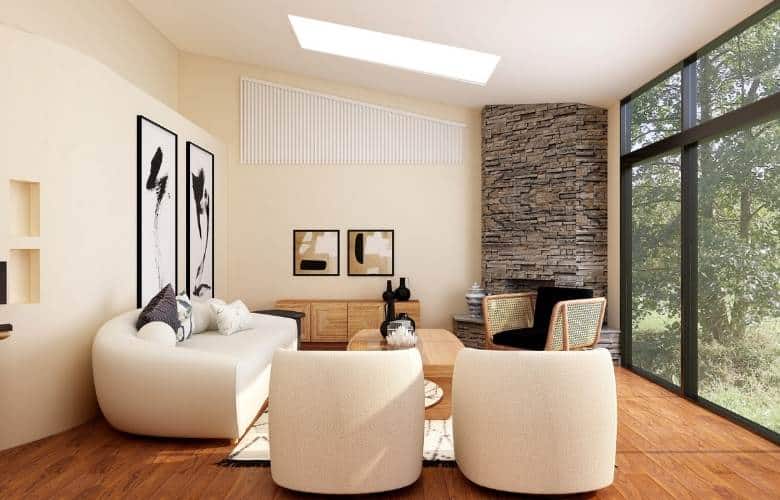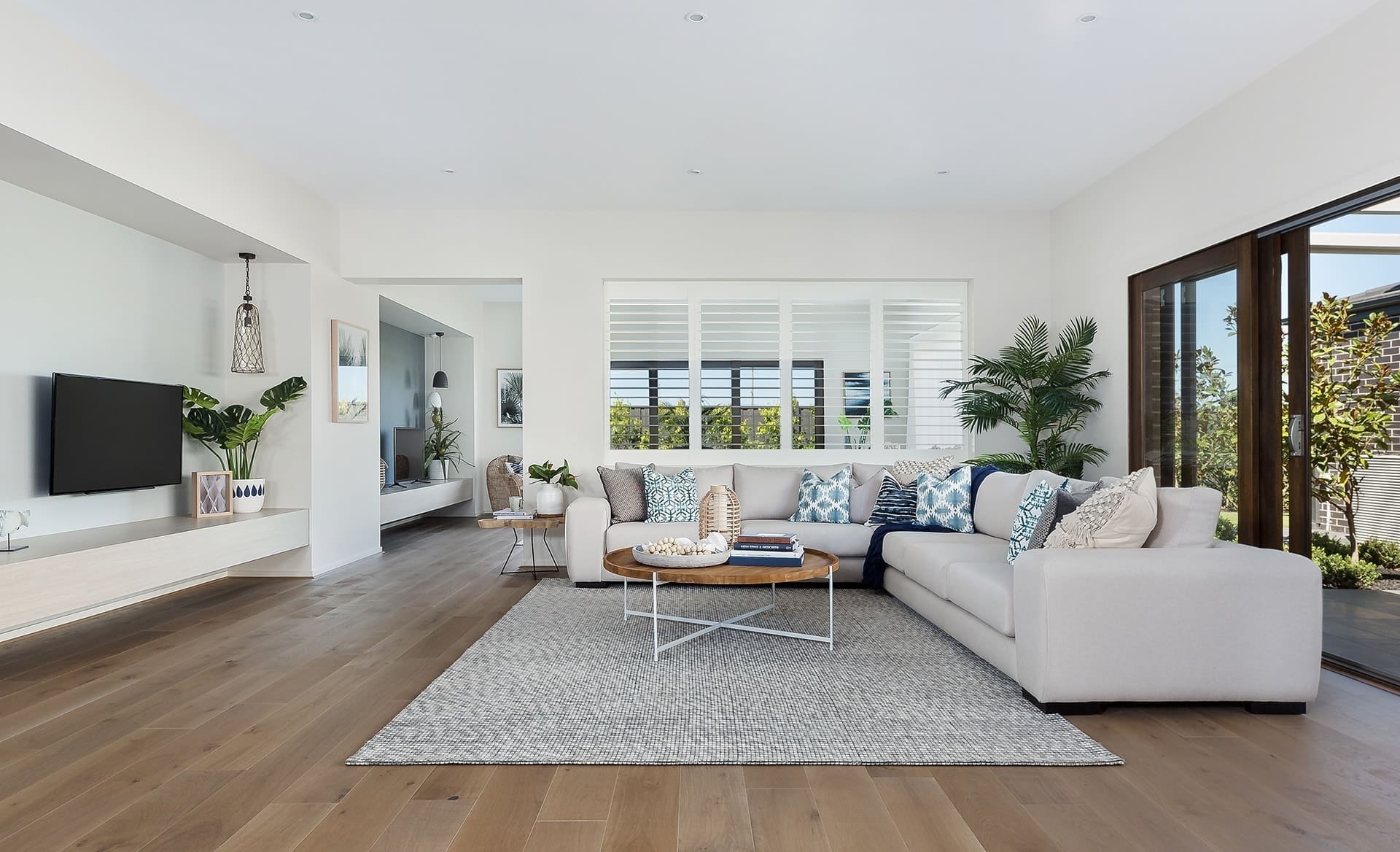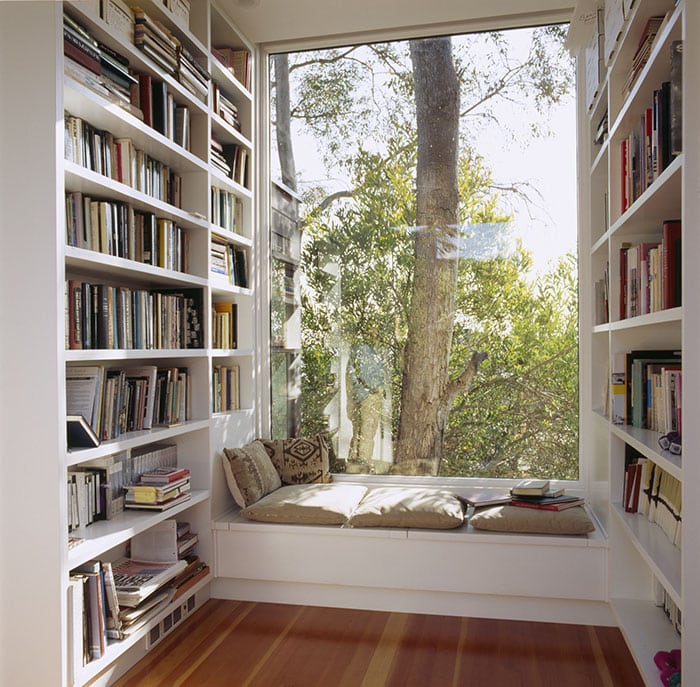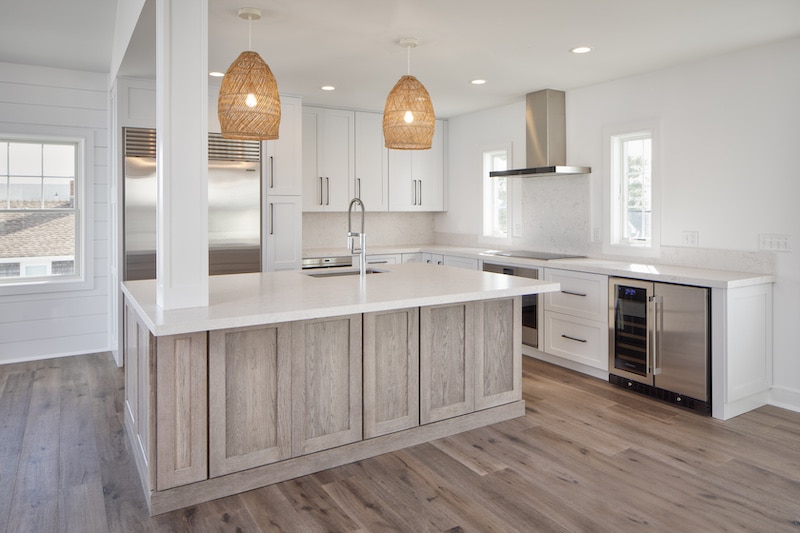Designing with Daylight: How to Maximize Natural Light in Your Home
Natural light in interior design can be defined, quite simply, as the sunlight that enters a space from the outside environment. It is an integral part of design not only for its inherent beauty but also for the practical functions it fulfills, and should not be relegated as an afterthought during the design process. This luminance serves to enhance colors, cast delicate shadows and highlight architectural details, adding depth, character, and dimension to a space.
Beyond its aesthetic value, the inclusion of natural light in interior design carries a number of additional benefits. Exposure to sunlight is proven to boost mood, help in regulating sleep patterns, and contribute to overall well-being. As such, a well-lit space can significantly improve the quality of time spent indoors. Furthermore, designing a room or building to maximize exposure to natural daylight can lead to energy saving. The greater the use of natural light, the lesser the need for artificial sources. This reduces electricity use, saving money for homeowners and also minimizing our carbon footprint. Using natural light at any available opportunity is a simple, practical method to create more sustainable buildings and eco-friendly lifestyles.
The key to this optimal utilization of natural light lies in several strategic design choices, ranging from the color scheme to reflective surfaces, window treatments, and the deliberate arrangement of spaces within an open floor plan. Incorporating sustainable interior design techniques is important in this endeavor. In the following sections, we will explore how you can maximize your use of natural light.
Know Your Space
The first step towards maximizing natural light in any interior design is understanding your space. A Los Angeles interior designer can help you assess the current natural light in your space, as this initial evaluation will provide you with the essential information needed to perform necessary changes or improvements. This process might include observing your space during different times of the day to see how sunlight interacts with it. Whether it floods certain parts with light or leaves others shaded, this assessment will give you a clear picture of what you’re working with.
Different rooms serve different roles and accordingly, their orientation in relation to the sun plays a role. For example, rooms that get plenty of morning sunlight, like East-facing rooms, are ideal for kitchens or breakfast rooms, where the family gathers in the early hours of the day. On the other hand, West-facing rooms that get afternoon light are perfect for living rooms where most of the activities happen later in the day. In addition to room orientation, another aspect to look into is the availability and use of windows. There are a number of strategies to measure natural light including physical models, mock-ups, simulations, and photographic techniques. Employing these strategies ensures you have a holistic understanding of the natural light available to you, which in turn helps fine-tune your interior design plans.
Design Techniques for Maximizing Natural Light
One technique to maximize natural light is the use of light colors. The wall color affects how much light is reflected in your space. Lighter shades potentially reflect more light, making the room brighter. Light-colored furniture and decor further enhance this effect, making the room appear brighter and larger.
Likewise, reflective surfaces can increase the amount of natural light in a space. Strategically placed mirrors reflect light into darker corners, dispersing the light across the room. Metallic or glossy finishes on furniture and fixtures can also reflect light well. Additionally, the type and style of window treatments can influence the light levels in your space. Sheer or translucent treatments can allow in more light while still providing some privacy. Consideration of furniture placement is important to ensure it doesn’t obstruct the light flow. With these methods, you can alter your spaces to maximize natural light, fostering a bright, vibrant atmosphere.
Advanced Solutions for Maximizing Natural Light
Maximizing natural light can go further by utilizing advanced design solutions such as light wells and skylights. Light wells, or architectural shafts that direct sunlight into your space, are an effective tool for bringing light into areas that typically lack natural illumination. Skylights, on the other hand, focus on optimizing overhead natural light by creating a clear path from the sun to your interior, providing illumination throughout the day. In places where direct sun exposure may be too intense, these elements can be tinted or covered with shades to control the quantity and quality of light entering the space.
Another innovative approach to creating a light-filled room is through the use of glass walls or partitions. These transparent walls both separate and link spaces while allowing light to pass unobstructed. It results in an environment where every section of a room could potentially receive natural light, thereby eliminating dark corners. Indirect lighting techniques and light fixtures also play a role here. They not only help to amplify the effect of natural light but also assist in distributing light evenly throughout the space by reflecting off ceilings and walls. In doing so, they create a warm and inviting atmosphere similar to that of natural light, while avoiding the glares and shadows typically related to direct light sources.
Incorporating natural light significantly enhances the visual appeal, comfort, and functionality of your space. It starts with understanding your space and then using various design strategies to maximize your natural light, such as the use of light color pallets, reflective services, and open floor plans. The advantages of making the most out of natural light extend beyond aesthetics. It also invokes an overall positive effect on our lives and the environment. Nothing rivals the refreshing and sustainable aura that natural light brings to your interiors.







